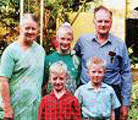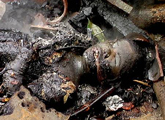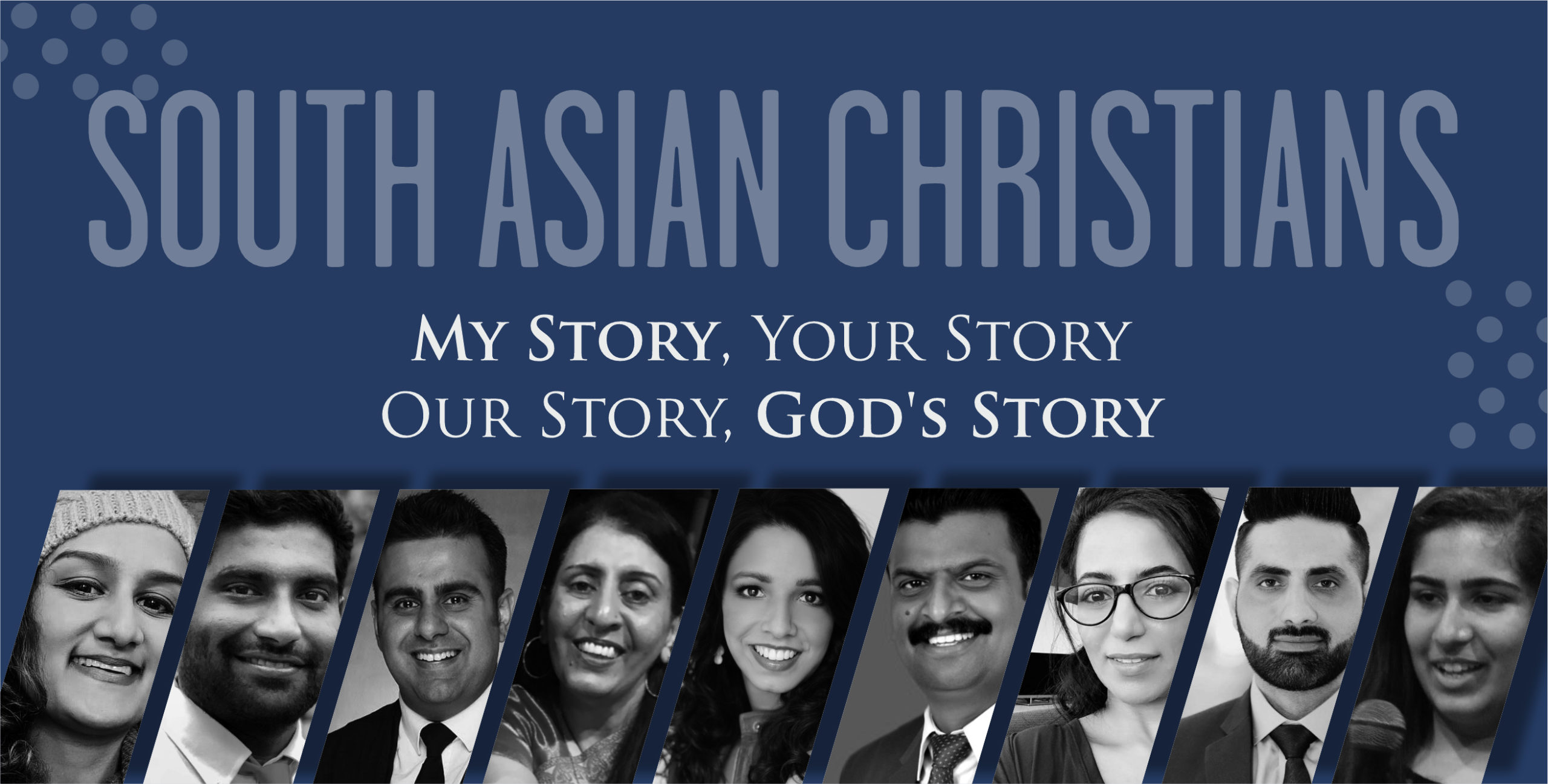Put VHP, Bajrang Dal On Terror Watch List
The Monetarist Gods That Have Failed
Graham Staines and His Two Young Sons Burnt Alive. Wife Forgives Unconditionally!
 Graham Stuart Staines was the Australian missionary who was burnt to death along with his two sons Philip, aged nine and Timothy aged seven while sleeping in his station wagon at Manoharpur village in Keonjhar district in Orissa, India in January 1999. Graham Staines had been working in Orissa among the tribal poor and especially with leprosy patients since 1965. He spoke fluent Oriya and was very popular among the patients whom he used to help after they were cured. He used to teach them how to make mats out of rope and basket from saboigrass and hand weaving. The widow of Graham Staines, Gladys has said the perpetrators of the crime should be forgiven. "I've no hatred for anyone. "I've no anger," Mrs. Gladys Staines responded."
Graham Stuart Staines was the Australian missionary who was burnt to death along with his two sons Philip, aged nine and Timothy aged seven while sleeping in his station wagon at Manoharpur village in Keonjhar district in Orissa, India in January 1999. Graham Staines had been working in Orissa among the tribal poor and especially with leprosy patients since 1965. He spoke fluent Oriya and was very popular among the patients whom he used to help after they were cured. He used to teach them how to make mats out of rope and basket from saboigrass and hand weaving. The widow of Graham Staines, Gladys has said the perpetrators of the crime should be forgiven. "I've no hatred for anyone. "I've no anger," Mrs. Gladys Staines responded."
"'Father They Are Going to Burn Me" – Rajni's Last Words.
 Ms. Rajni Majhi, a 20 year old student who lived in the orphanage and was also working as an auxiliary nurse in the orphanage confronted the mob of Hindus. When Fr Sequeira arrived at the spot, the mob locked him and Rajni into separate rooms, and ordered the children to vacate the orphanage. The mob then ransacked Fr Sequeira's room, poured petrol on him and Rajni and set the orphanage on fire. I could hear the cries of Rajni, and the mob was cheering and shouting through the window. These criminals tied her hands together - they made a huge bonfire in the orphanage room and threw her onto the fire. They used sickles, shovels and other weapons to prevent her from running away, these extremists did not allow her to even move from the burning flames". All the while I could hear the cries of Rajni from the next room where she was writhing in agony. After sometime, there was silence. Rajni Mahji was burnt alive.
Ms. Rajni Majhi, a 20 year old student who lived in the orphanage and was also working as an auxiliary nurse in the orphanage confronted the mob of Hindus. When Fr Sequeira arrived at the spot, the mob locked him and Rajni into separate rooms, and ordered the children to vacate the orphanage. The mob then ransacked Fr Sequeira's room, poured petrol on him and Rajni and set the orphanage on fire. I could hear the cries of Rajni, and the mob was cheering and shouting through the window. These criminals tied her hands together - they made a huge bonfire in the orphanage room and threw her onto the fire. They used sickles, shovels and other weapons to prevent her from running away, these extremists did not allow her to even move from the burning flames". All the while I could hear the cries of Rajni from the next room where she was writhing in agony. After sometime, there was silence. Rajni Mahji was burnt alive.
"God Is In Control" – Message From Orissa
From Kashmir To Orissa, The Saffron Camp's Violent Role
Three Teenage Girls and Two Women Buried Alive in Pakistan
RSS Uses Foreign Donations for Charity to Spread Violence in Orissa
Burning For Shining
United States Legislators Concerned About Violence Targeting Christians In Orissa
Pray For Orissa
Persecution
Dasavatharam, Chaos Theory And The Divine Providence of God
Why Are US Corporations (Cisco, Sun Microsystems and so on) Funding Terrorist Organisations in India?
Persecution of Indian Christians
 INDIA’S north-eastern state Orissa continues to be in grip of gory anti-Christian riots. Scores of Christians, including some nuns, pastors and ordinary innocent people have been burnt alive. Countless churches, houses and shops have been gutted. Even Christian orphanages have not been spared. They burnt our homes, our churches, our crops, our vehicles. They ransacked our schools, our orphanges and destroyed our clinics. Everything we owned is gone. We have nothing left. Absolutely nothing.
INDIA’S north-eastern state Orissa continues to be in grip of gory anti-Christian riots. Scores of Christians, including some nuns, pastors and ordinary innocent people have been burnt alive. Countless churches, houses and shops have been gutted. Even Christian orphanages have not been spared. They burnt our homes, our churches, our crops, our vehicles. They ransacked our schools, our orphanges and destroyed our clinics. Everything we owned is gone. We have nothing left. Absolutely nothing.
Christians of Orissa Attacked
